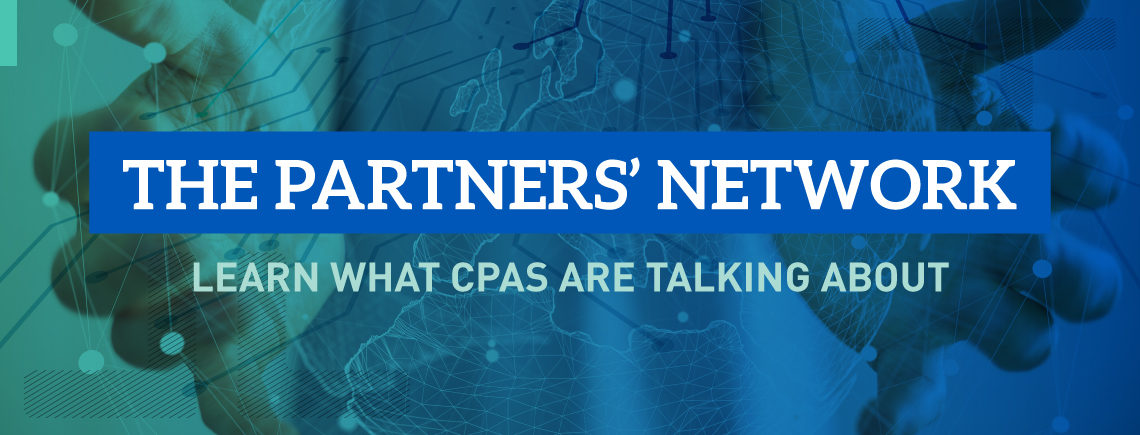Every Aspect of Your Business is About to Change
This title is the cover story of the Nov 1, 2015, issue of Fortune written by Geoff Colvin. The article is mind-opening and expanding and should be required reading for everyone running a business.
The article begins “Imagine…a new world in which labor, information, and money move easily, cheaply, and almost instantly. Psst– it’s here.”
Many examples are provided with various metrics. The point is not exactly what the numbers are, but the trends that they represent. General Motors has a $1.85 market value for every $1.00 of physical assets and $240,000 of market value per employee while Tesla has $11.00 of market value for every $1.00 of physical assets and $2.9 million market value per employee. Visa is the champion with $101 market value per $1.00 of physical assets. Facebook has $53, Twitter $31, Apple $30 and Johnson & Johnson (JNJ) $20. For comparison Berkshire Hathaway has $2.3 per $1 and GM $1.85 of physical assets. Apple, JNJ, Tesla and GM sell products while the others do not.
Apple provides a model of what to expect. They sell products and have brick and mortar stores. Yet, while they are considered a manufacturer they really do not make anything – they outsource their production. Their strength in getting their products to customers is with coordinating their global supply chains with systems and rigid procedures, quality controls, tight time scheduling and focused management and oversight. That is the new model.
What is not measured and counted is the intellectual capital the new model companies have. This includes software, patents, copyrights, brands, other knowledge, customer capital, supplier relationships and human capital, i.e. the people that work for the company. I once heard Bill Gates say that if a certain 30 people left Microsoft, there would be no company. Mr. Colvin puts the number today at 100. Either way, a very small number of employees appear to create substantial value of today’s new model companies.
Some dramatic illustrations of industry disruption caused by this new model is the travel agency industry where user friendly hotel and airline booking sites caused 18,000 travel agencies to close; selling eyeglasses, men’s grooming products, books, gift items, electronics and myriad other products caused many traditional retailers to close or hastily adapt to on-line selling. Skype services that brought in $2 billion revenues in 2013 to Microsoft wiped out $37 billion of revenues of traditional telecom firms. The market value of Uber is $51 billion while the market value of every NYC taxi medallion is $13 billion. Buying habits have changed along with the selling models. On-line selling and Internet based services are no longer the trail blazers – it is the current model, with many other changes indicated and anticipated.
Businesses are dynamic with constant changes and their existence and rationale are subject to many factors, which the model described here is one of. As suggested, it is an important one. The article is well worth your time as are the related articles and side bars in the issue. A link to this article is:here.
Ask yourself, “Is your company ready?” If not, get started!
How Can We Help?



